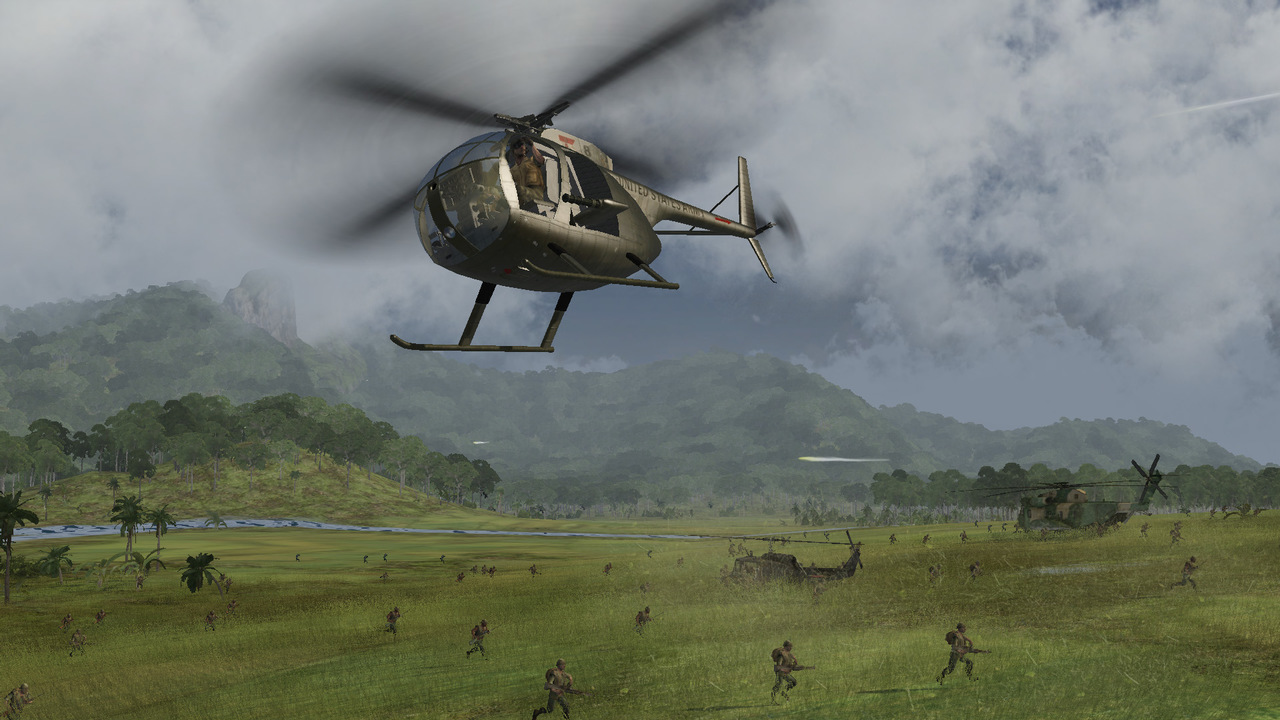The Real-Life War 'Star Wars' Almost Caused
Star Wars films have their share of firsts, broken records, and bizarrely unique anecdotes surrounding their production. In the case of the original trilogy films, many of them involve filming on location. The lush and dense California Redwoods served as the forest moon of Endor, Hoth scenes were filmed on the frozen tundra of Norway's Hardangerjokulen Glacier, and the set of the Lars Homestead was famously built in Tunisia, North Africa surrounded by sands and sun. This final locale is where the war in the stars almost came too close to home, thanks to a border dispute, a crazed dictator, and a group of junk-trading Jawas.
The Lars Homestead is one of the most iconic locations in Star Wars. The first planet-side set seen in the Skywalker Saga, the homestead has been in the Lars family for many years. Built as a moisture farm near the small settlement of Anchorhead, the property was equipped with several dozen vaporators maintained by the Lars family. Like many residences in the Jundland Wastes, the homestead was recessed underground to protect from the scorching heat of Tatooine's twin suns. Originally owned by Owen's grandfather, Lef Lars, the homestead has become a staple of the Star Wars universe. Built near the real-world town of Naftah, Tunisia the homestead set, including the domed entrance, remains there to this day, thanks in no small part to the efforts of fans to preserve this piece of movie-making history.
RELATED: The Terrible Accident George Lucas Had That Led Him To 'Star Wars'
Before we can get into exactly how George Lucas and his special effects team nearly caused a border-war to erupt, a brief history lesson is in order. While Naftah, location of the Lars homestead, resides closer to Tunsia's border with Algeria, this was not the only Tunisian location used for filming. A small, diamond shaped country, with the Mediterranean Sea to its North, Tunisia sits nestled between Algeria to its southwest and Libya to the southeast. It was here in these Southern reaches that war was threatened by Libyan Arab nationalist, Muammar Gaddafi. In September of 1969, Gaddafi rose to power in a mostly peaceful coup against Libya's reigning monarchy. Gaddafi's forces occupied key civil and political installations including police stations, radio stations, and government offices in Tripoli and Benghazi. This coup, called "Operation Jerusalem" by Gaddafi's supporters, and commonly called "One September Revolution," was marked by a radio address by Gaddafi himself as he announced the arrest of the crown prince and the foundation of the Libyan Arab Republic.
Over the following years, Gaddafi consolidated power, allied himself with Communist powers, and suppressed newspapers and critics alike, including hanging military officers who spoke out against him. In 1974, seeking to ally Libya with other Islamic nations in the area, Gaddafi sought out a partnership with Tunisian president Habib Bourguiba which they dubbed the "Arab Islamic Republic." This union was not to be however, as public opinion in Tunisia rapidly turned against the partnership and it was abandoned. Gaddafi would not tolerate scorn and sponsored anti-Bourguiba militants in Tunisia for many years after the end of the ill-fated alliance.
Construction of the sandcrawler that almost resulted in real-life military conflict
Enter, George Lucas and the Jawa sandcrawler. 1975, in the southern deserts of Tunisia, Lucas and the cast and crew of Star Wars began filming scenes that would eventually become the Dune Sea of Tatooine. While a miniature was used for full shots of the Jawa's mobile droid and salvage shop making it's way through the desert, for scenes that required actor participation a large background prop of the lower tread and ramps of the sandcrawler was built. This tank-like treaded structure immediately drew the ire of Gaddafi, who already suspected Tunisia sought to unseat him from power. Gaddafi demanded that Tunisia cease it's military buildup near the Libyan border or hostilities and conflict would be unavoidable. Seeking to bring war only to the silver screen and certainly not to North Africa, Lucas immediately complied with the demands and moved the filming to a more discreet location a good distance from Libyan lands.
READ MORE: Dev Patel Recorded His 'Star Wars' Audition With His iPhone
Source(s): Commonplacefacts.com, Wookieepedia, Wikipedia


